How to identify the fresh coffee fruit sent back from Yunnan?
For professional baristas, please follow the coffee workshop (Wechat official account cafe_style)
Iron pickup coffee beans
Typica: the shape is oval, and the bean body is thin from the side. even if the altitude of the planting area is different, the thickness of the side of the raw bean will not be too different.
Iron card species are most likely to be taken by Yemenis from Ethiopia to Malabar and India, and then to Indonesia by the Dutch. It was then brought from West India to the French colony of Martinique.
Subsequently, it grew in other planting areas and gave rise to many variants: Criollo (South America), Arabigo (Central America), Kona (Hawaii), Pluma Hidalgo (Mexico), Garundang (Sumatra), Blue Mountain (Jamaica, Papua New Guinea), San Bernado & San Ramon (Brazil), Kents & Chickumalgu (India).
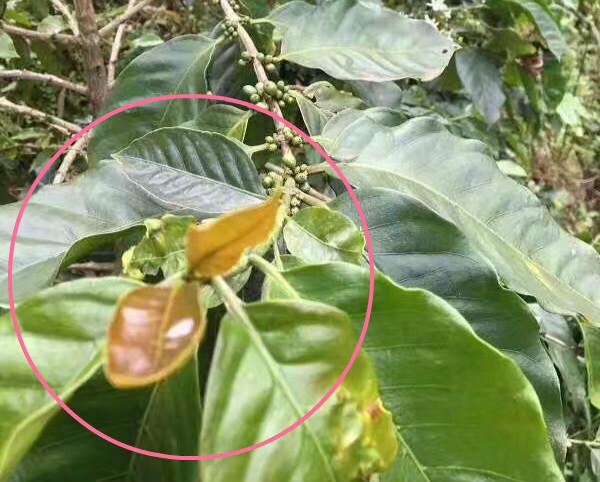
The new leaves at the tips of the branches and leaves above are copper, which is Tiebika growing coffee trees. Tiebika is an old variety of Arabica species, and the well-known Hawaiian Kona is actually Tibika. In the vast expanse of Katim, it is easy to recognize. After careful observation, you will find that each species has its own appearance, Katim's leaves are hanging down, the tree shape seems to be wearing a cloak. Tiebika, on the other hand, has upward branches and new leaves on the top of the tree.
Finally, we picked fresh fruits of Tibika coffee at three elevations, 800m, 1200 m and 1500 m. Originally thought that picking beans over mountains is very hard, these days you can come to the store to pick up fresh coffee beans.
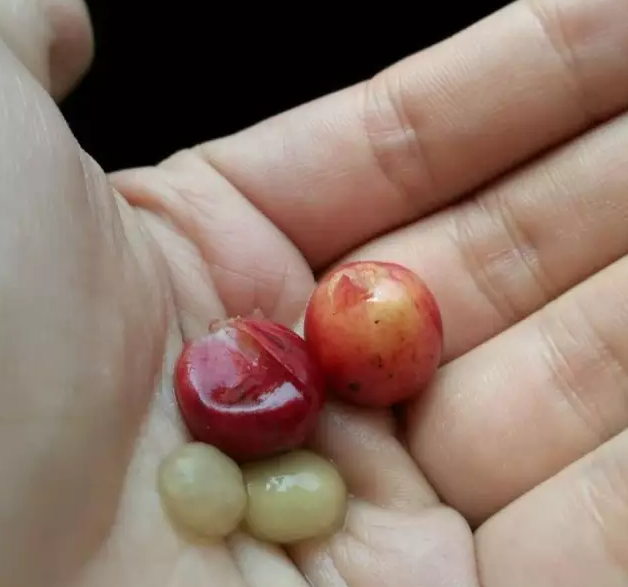
The follow-up work is the hardest. Peel off the fruit, soak and rinse, dry and peel the fruit.
On this trip to Yunnan, I not only want to know about the varieties, but also want to take a closer look at the land in Yunnan. Can we grow high-quality high-quality coffee like other coffee-producing countries? In fact, the hardware conditions are completely possible, the altitude is enough, the soil is no problem, and the climate is also fine. Perhaps the only trouble is the cultivation of varieties. What kind of varieties is suitable for this soil, and what kind of varieties can shine here?
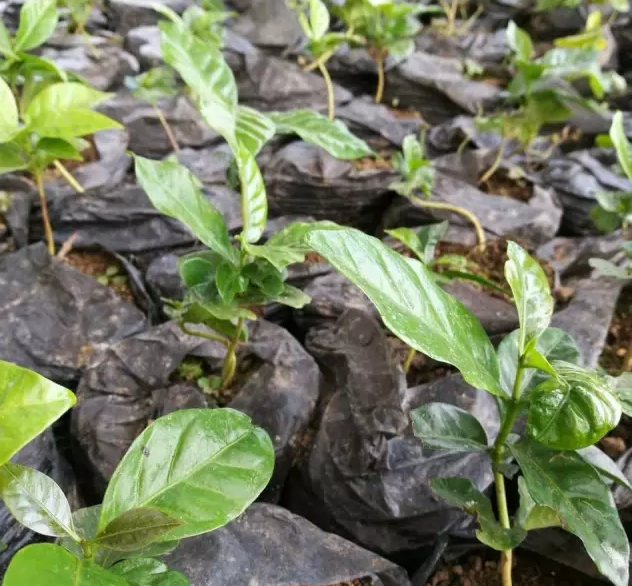
Refer to the cultivation of small grain coffee in Yunnan:
Coffee tree
Families and genera: evergreen trees of the coffee subgenus Rubiaceae
Morphological characteristics
Coffee is a perennial evergreen shrub or small tree of Rubiaceae. It is a horticultural perennial cash crop with the characteristics of fast growth, high yield, high value and wide market. Wild coffee trees can grow to a height of 5 to 10 meters, but coffee trees planted on the manor are often cut to less than 2 meters in order to increase their fruit and facilitate harvesting. Coffee tree opposite leaves are long oval, smooth leaves, the end of the branch is very long, few branches, and the flowers are white, open at the base of the petiole connecting the branch. The ripe coffee berries look like cherries and are bright red with sweet flesh and contain a pair of seeds, namely coffee beans (Coffee Beans).
Growth habit
Coffee beans like warmth, drought and cold tolerance, afraid of freezing, seedlings and adult plants are vulnerable to frost defoliation to death, seeds can not mature. Coffee beans are not strict on land, and idle land can also be planted, but it is suitable for sandy soil with good drainage, deep soil layer and loose and fertile soil.
Seed propagation
In the full ripening stage of coffee (the full ripening period of medium-grain coffee in Hainan Island is from February to March and small-grain coffee from September to November), fully mature fruits are picked from strong and high-yielding mother trees to make seeds. After the fruit is harvested, immediately peel and wash the seeds, the method is to put the fruit on the hard and rough ground, grind the peel with a brick, or peel it off with a peeling machine, then put it in water to remove the peel, take out the seed, stir it with furnace ash, and rinse it in water to wash the gum on the surface of the seed. In the process of seed washing, be careful not to break the seed shell so as not to affect germination. The germination rate of seeds without seed shell is only 54%. If the seed shell is preserved, the germination rate can reach more than 80%. After the seeds are washed, they should be dried in a ventilated place and should not be exposed to the sun. When the seeds are exposed to 15% water content, the germination rate decreases significantly. Dry seeds should not be hidden for a long time. Medium-grain coffee will lose its germinating power when it is stored for more than three months. For small seed coffee, the harvest time is from September to November, and it is the winter with low temperature after seed collection. The seeds can be stored and sown in February to March of the following year, but they should be placed in a cool, ventilated and dry place and checked frequently to prevent mildew.
The ideal planting conditions for coffee trees are as follows: the temperature is between 1500mm and 25mm, and the annual rainfall must reach 1500mm to 2000mm, and the rainfall time should be in line with the flowering cycle of coffee trees. Of course, in addition to the seasonal rainfall, there should also be fertile soil and good drainage. Fertile soil containing volcanic ash, in addition, although sunlight is an indispensable element for the growth and fruit of coffee, too strong sunlight will inhibit the growth of coffee trees, so various producing areas usually cooperate with the planting of some shade trees. The ideal altitude is 500 to 2000 meters above sea level.
There is a folk method of pickling sprouts. After soaking in about 50 ℃ of warm water for one day and night, pour out the water, rinse it again with clean water, and then cover it with a wet cloth to maintain humidity. After three days, it can sprout and select those with a bud rate of more than 85% as seeds. We might as well try ~ .
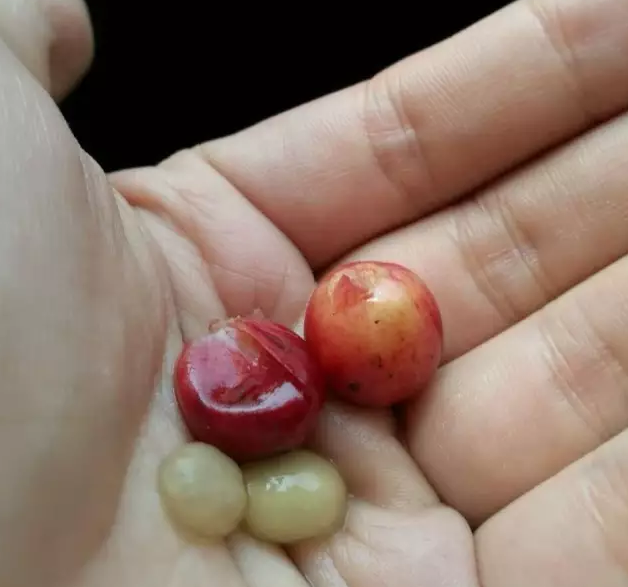
Huaguoshan, Yunnan (Typica):
Baking degree: medium baking
Dried fragrance: pear fruits (pear-fruit), vanilla (vanila-like), honey (honey-like), peach tea (peach tea), ripe oranges (ripe orange), jasmine (jasmine hints)
Wet fragrance: nutty (nutty), milk chocolate (milky chocolate), herbs (herbal-floral)
Palate: supple in the mouth, aroma of Asian herbs, lively and bright sour taste, good balance between cheeks, soft acidity, mellow balance, rich layers, obvious taste of dark chocolate, honey and sucrose, brown sugar flavor after complete cooling.
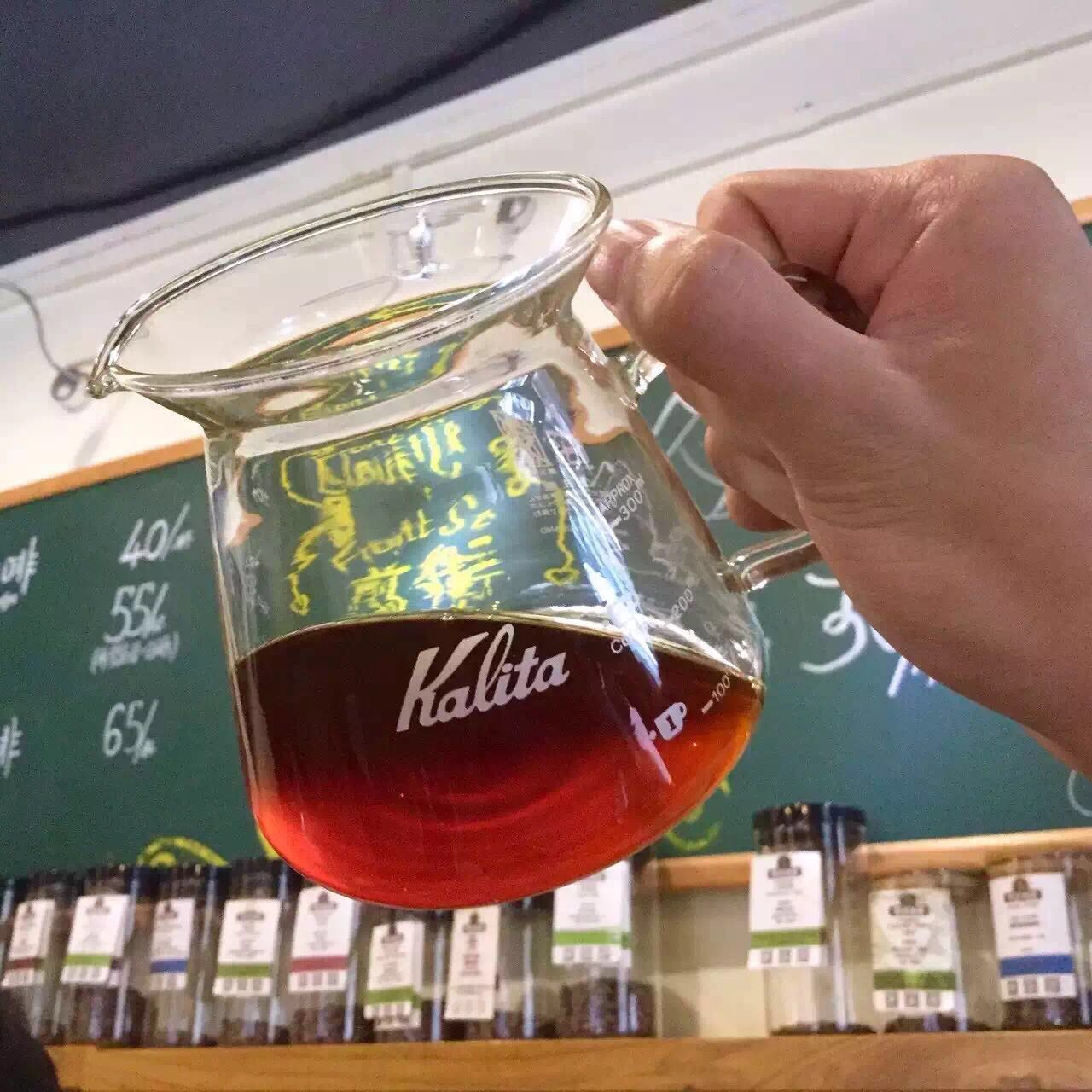
Recommended cooking methods: siphon, hand flushing
Degree of grinding: 4 (Fuji R440)
Water temperature: 90 °C
Other suggestions for trickling extraction:
Normal pressure, recommended grinding degree of 3.5-4 / water temperature 90 °C
Philharmonic pressure, recommended 2.5 grinding degree, water temperature 88 °C
Hand punch: 3.5 degree of grinding, water temperature 89 °C
Important Notice :
前街咖啡 FrontStreet Coffee has moved to new addredd:
FrontStreet Coffee Address: 315,Donghua East Road,GuangZhou
Tel:020 38364473
- Prev
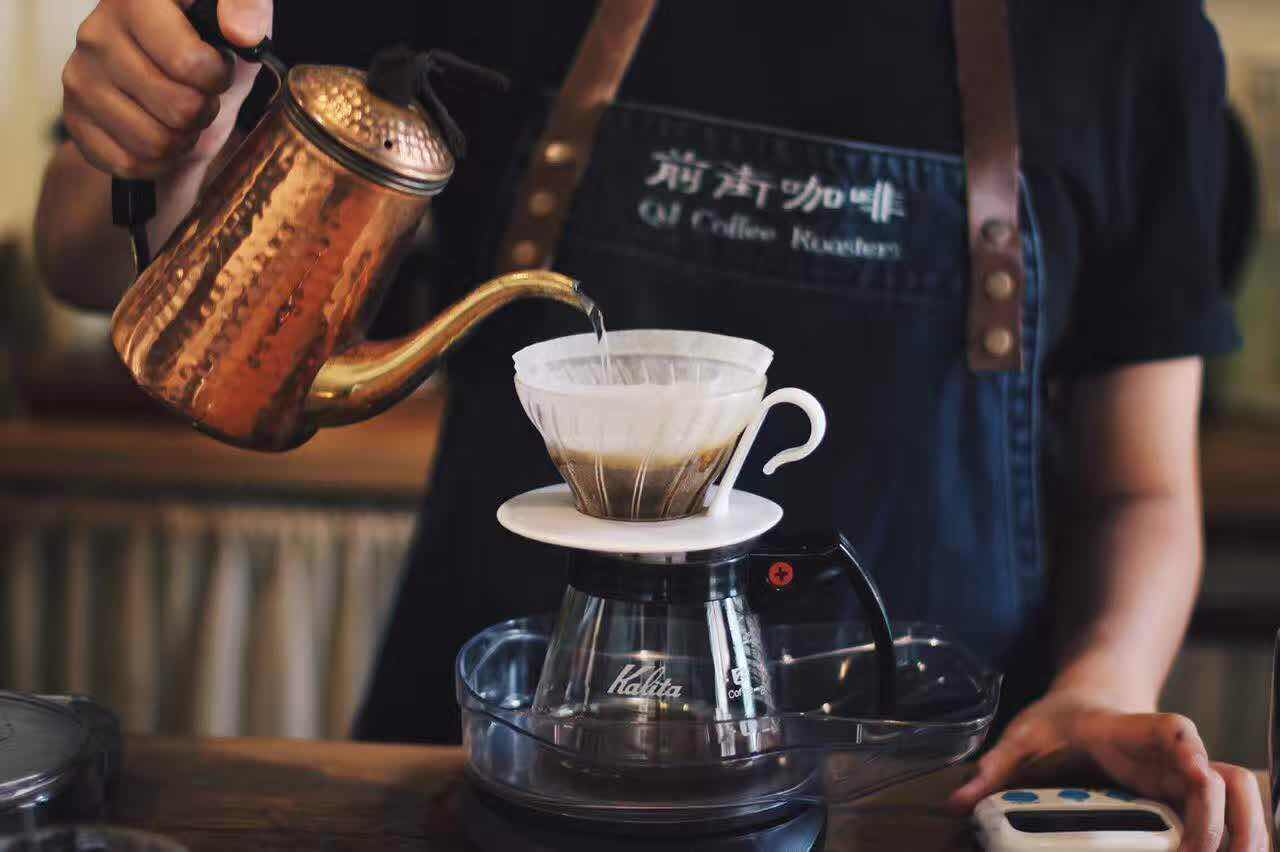
Experience sharing: how to use V60 to make Yunnan small Typica iron pickup truck
Typica iron pickup Typica is one of the oldest native varieties in Ethiopia. The top leaf of Tiebika is bronzed and the bean body is oval or thin. It has elegant flavor, but weak physique, poor disease resistance and low fruit yield. Typica is one of the oldest varieties of Arabica coffee discovered today, and the other is called bourbon. Arabica species originated from Ethiopia
- Next
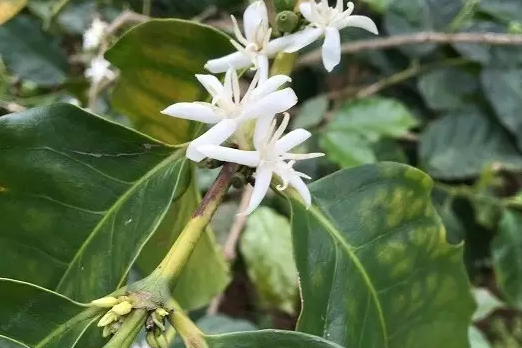
How to judge whether Yunnan beans are good, what is the quality, and how to evaluate Yunnan small grains?
The exchange of professional baristas please follow the coffee workshop (Wechat official account cafe_style) to talk about Rose Summer, Blue Mountains, Yega or Manning, we say no.
Related
- Detailed explanation of Jadeite planting Land in Panamanian Jadeite Manor introduction to the grading system of Jadeite competitive bidding, Red bid, Green bid and Rose Summer
- Story of Coffee planting in Brenka region of Costa Rica Stonehenge Manor anaerobic heavy honey treatment of flavor mouth
- What's on the barrel of Blue Mountain Coffee beans?
- Can American coffee also pull flowers? How to use hot American style to pull out a good-looking pattern?
- Can you make a cold extract with coffee beans? What is the right proportion for cold-extracted coffee formula?
- Indonesian PWN Gold Mandrine Coffee Origin Features Flavor How to Chong? Mandolin coffee is American.
- A brief introduction to the flavor characteristics of Brazilian yellow bourbon coffee beans
- What is the effect of different water quality on the flavor of cold-extracted coffee? What kind of water is best for brewing coffee?
- Why do you think of Rose Summer whenever you mention Panamanian coffee?
- Introduction to the characteristics of authentic blue mountain coffee bean producing areas? What is the CIB Coffee Authority in Jamaica?

